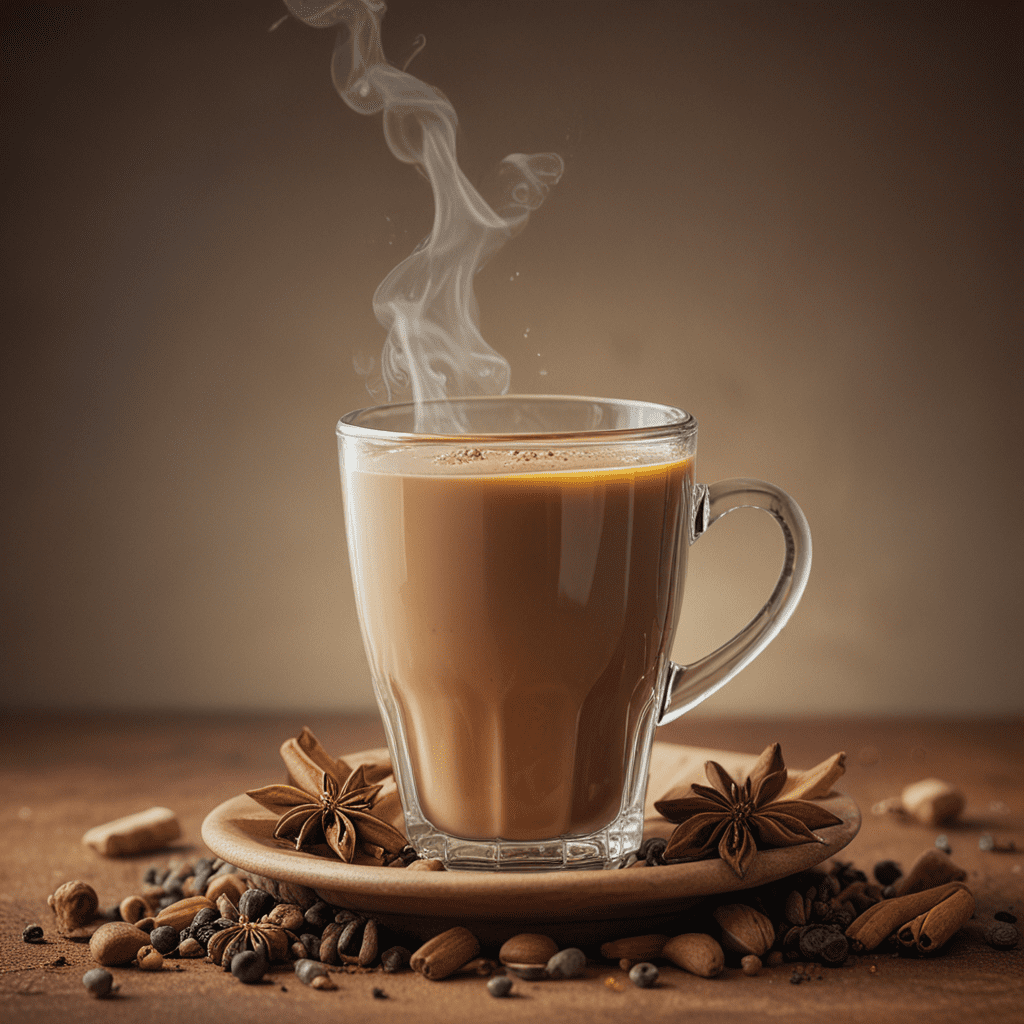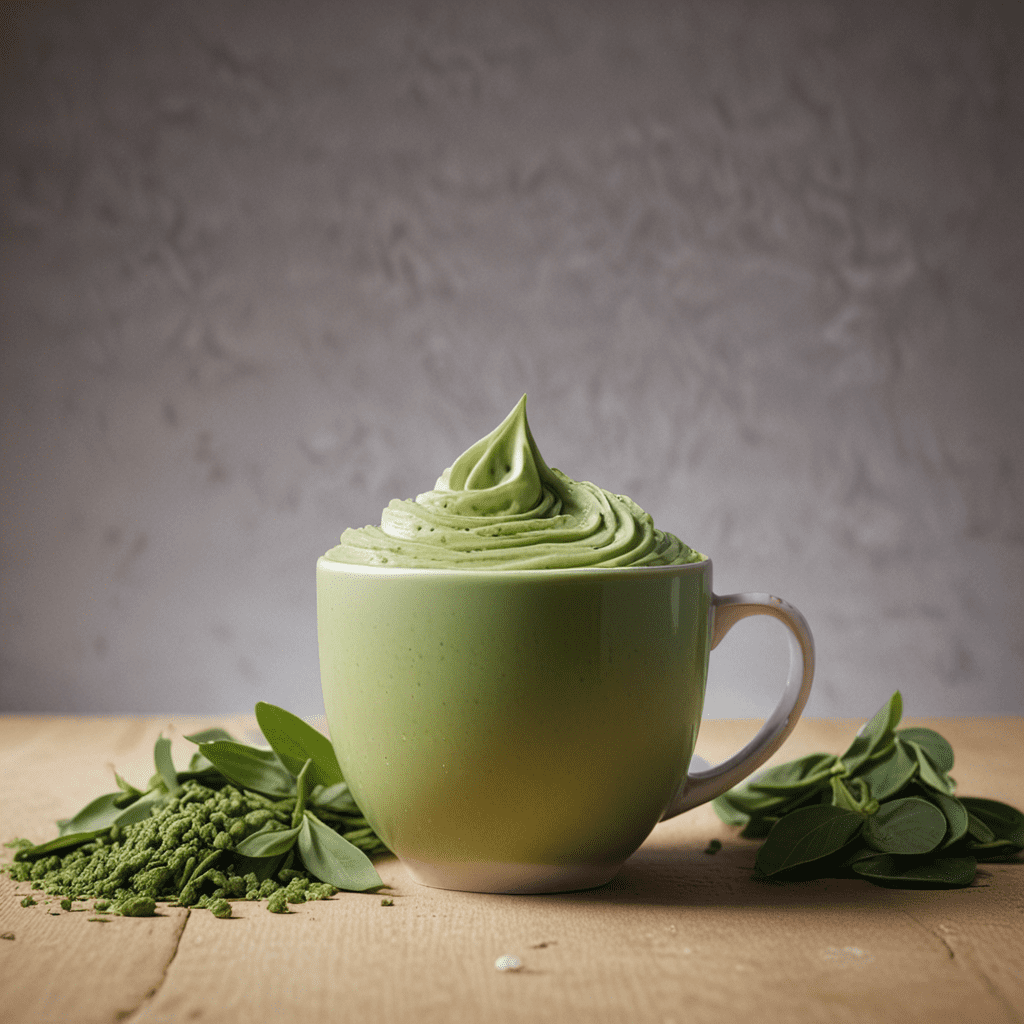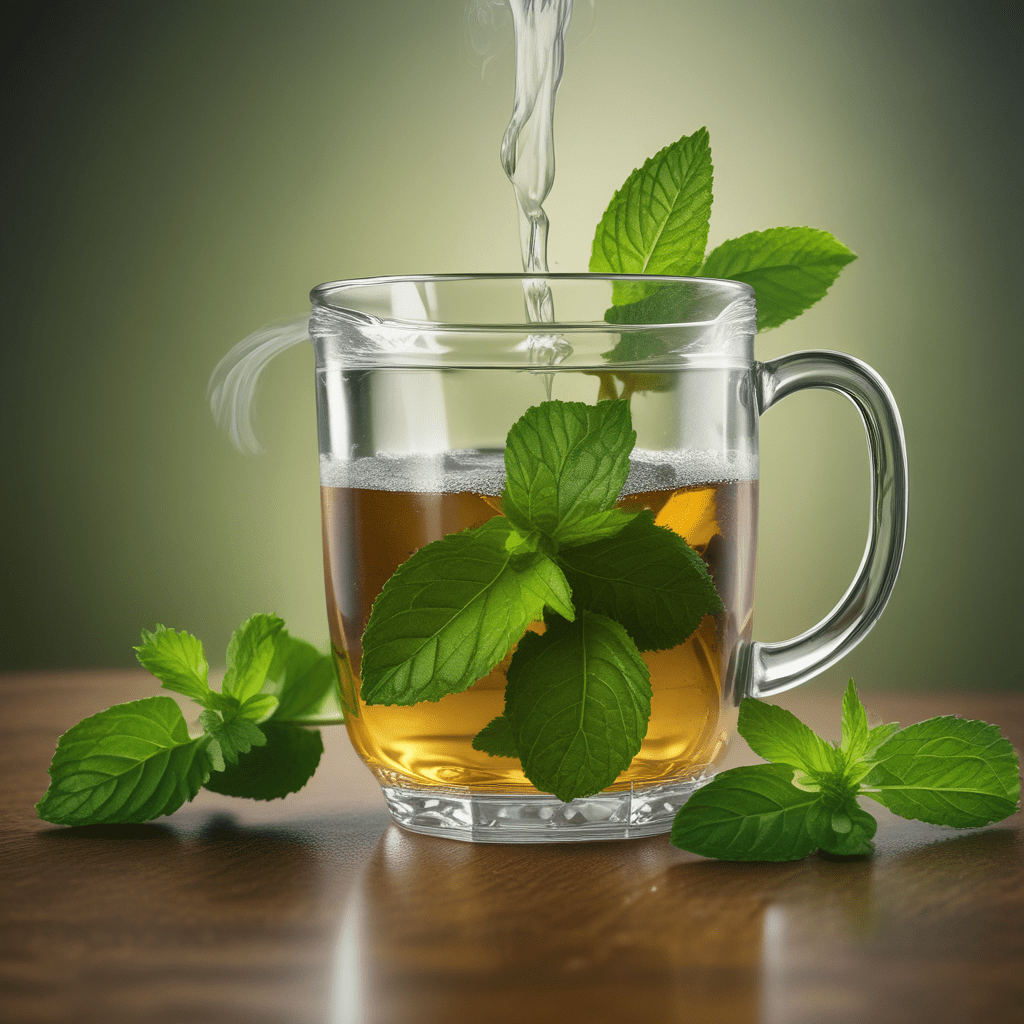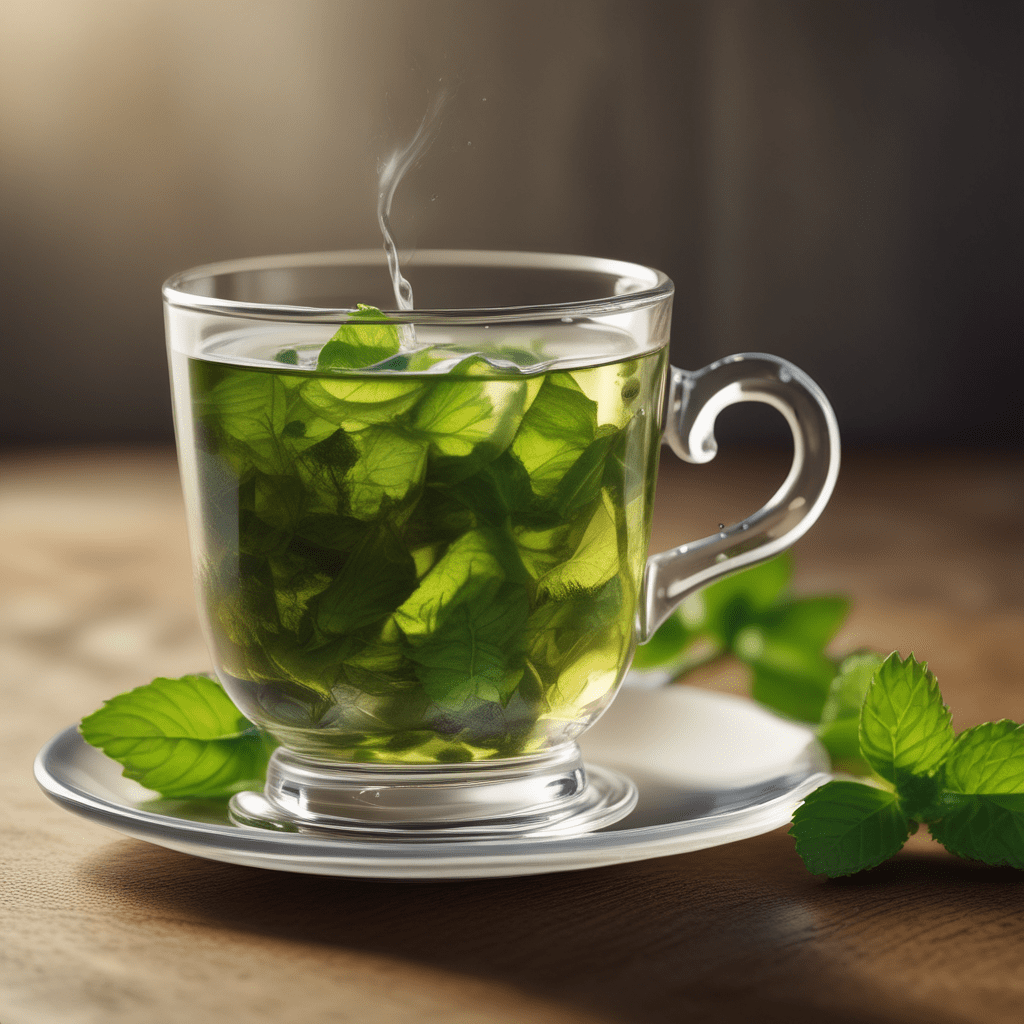
Chai Tea: A Flavorful Fusion of Spices
Introduction
Chai Tea, a beloved beverage around the world, is more than just a cup of tea. It's a symphony of flavors, an aromatic blend of spices and black tea that tantalizes the taste buds and invigorates the senses. With a rich history spanning centuries and cultural boundaries, Chai Tea has become a symbol of hospitality, comfort, and culinary exploration.
Historical Origins
Chai Tea's roots lie in ancient Asia, where it was used for medicinal and ceremonial purposes in traditional Ayurvedic practices. As trade routes expanded, Chai Tea journeyed westward, evolving through cultural exchanges and adaptations. From the bustling markets of India to the cozy teahouses of Europe, Chai Tea has left an enduring mark on culinary history, blending the wisdom of the past with the innovation of the present.
Ingredients and Composition
At the heart of Chai Tea is black tea, a versatile base that provides a rich, robust foundation for the aromatic symphony of spices. The traditional Chai blend includes star anise, cloves, cinnamon, cardamom, and ginger, each ingredient adding its unique flavor profile. Additional elements such as milk, sugar, or honey can be incorporated to balance the spice intensity and create a comforting, creamy texture.
VI. Cultural Significance
Chai Tea is deeply intertwined with cultural traditions across the globe. In India, it's an integral part of everyday life, symbolizing hospitality and social gatherings. Chai Wallahs, or street vendors, serve freshly brewed Chai Tea to people from all walks of life, creating a vibrant sense of community. In other cultures, Chai Tea has been embraced for its unique flavors and comforting aroma, becoming a staple in cozy cafes and home kitchens alike.
VII. Economic Impact
Chai Tea has a significant economic impact, with a global market valued in the billions. It's a key source of income for farmers who cultivate the spices and tea leaves used in its production. Furthermore, Chai Tea-related businesses, such as tea shops, cafes, and manufacturers, contribute to local economies and create employment opportunities.
VIII. Culinary Applications
Chai Tea's versatility extends beyond its traditional consumption as a beverage. Chefs and culinary enthusiasts have discovered its potential as a flavor enhancer in both sweet and savory dishes. Chai-infused desserts like cakes, cookies, and lattes offer a delectable treat, while savory applications such as marinades, sauces, and rubs add a unique spice blend to meats, vegetables, and soups.
IX. Modern Innovations
The world of Chai Tea is constantly evolving, with innovators experimenting with non-traditional spices and flavors to create unique blends. Cold-brewed Chai Tea has emerged as a refreshing summer alternative, offering the same aromatic complexity without the heat. Artisanal Chai blends have also gained popularity, featuring handpicked spices and customized flavor combinations.
X. Conclusion
Chai Tea is a beverage that has captured the hearts and palates of people around the world. Its rich history, flavorful fusion of spices, and versatility have made it a beloved drink, a cultural icon, and a culinary inspiration. As the world continues to explore and savor the delights of Chai Tea, its popularity and significance are bound to grow, ensuring its enduring status as a beverage that embodies warmth, comfort, and boundless flavor possibilities.
FAQs
What is the best way to brew Chai Tea?
Traditionally, Chai Tea is brewed by simmering black tea leaves with spices in milk and water on the stovetop. However, modern methods like electric kettles and French presses can also be used.
Can I make Chai Tea without milk?
Yes, Chai Tea can be made without milk by substituting water or a plant-based milk alternative.
What are the health benefits of Chai Tea?
Chai Tea contains antioxidants and has potential immune-boosting properties. It may also aid digestion, reduce inflammation, and contribute to cardiovascular health.
How can I incorporate Chai Tea into my cooking?
Chai Tea can be used to enhance the flavor of desserts like cakes and cookies, as well as savory dishes like marinades, sauces, and rubs.
Are there any variations of Chai Tea?
Chai Tea variations exist across cultures, featuring different spice combinations and additions like honey, ginger, or vanilla.


